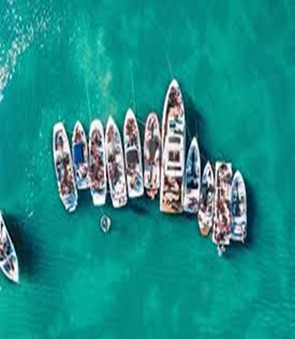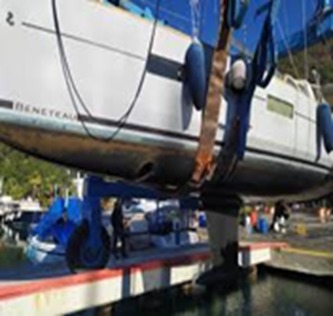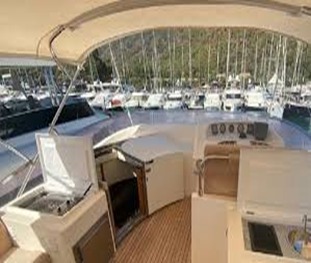

When you decide to buy a sailboat or motor yacht, you don’t need to take risks. We prepare a very detailed marine survey report for the yachts you will buy or sell. Thanks to this detailed check, you will be able to prevent all the expenses you will encounter in the future and the dangerous or in some cases, life- threatening problems you may experience at sea.
Why do we prepare a survey report?
As we mentioned above, with this report, you will be aware of possible problems in advance. You will both keep your money in your pocket and prevent future problems at sea. At the same time, you will learn whether the yachts you will buy are heavily damaged and their periodic history. In this way, you will prevent a purchase that is above its value and that you will lose money later.
Why is a marine survey report required?
Today, with the development of repair materials and techniques, it is not possible to detect many serious damages with the eye. Even sunken boats can be sold as undamaged with a make-up. We experience such situations quite often, especially in boats based abroad. The benefits of having a report prepared in advance by an expert and experienced surveyor to prevent such negative situations are endless.
What does our marine survey report cover?
If the current conditions are met, the condition of the hull and hull of the boat is checked on land. This section is the most important content of the survey. The condition of a yacht whose keel is badly damaged, whose side has already been torn apart or has previously hit the rocks will be revealed through this check. After the hull and main structure checks, it covers the rigging, engine equipment and all functional conditions.
What is the general content of the Survey Report?

- Boat hull, underwater hull (humidity measurement, hammer test)
- Keel perimeter, keel bolts and keel structure
- Boat’s side and stems
- Engine sail-drive or shaft control
- Propeller structure, clearance status and corrosion control
- Steering system, rudder wires and autopilot
- Mast and furling systems, rigging systems
- Sail operation and condition
- On-deck materials (ropes, reels, winches)
- Mooring anchor system, windlass and chain control
- All electronics and calibrations, navigation lights
- Navigation instruments, GPS and radio systems
- Fresh water and waste water systems, hydrophores control
- All valves, water intake and discharge systems
- LPG gas systems.
- Sealing of cabins and windows
- All other visual controls.

